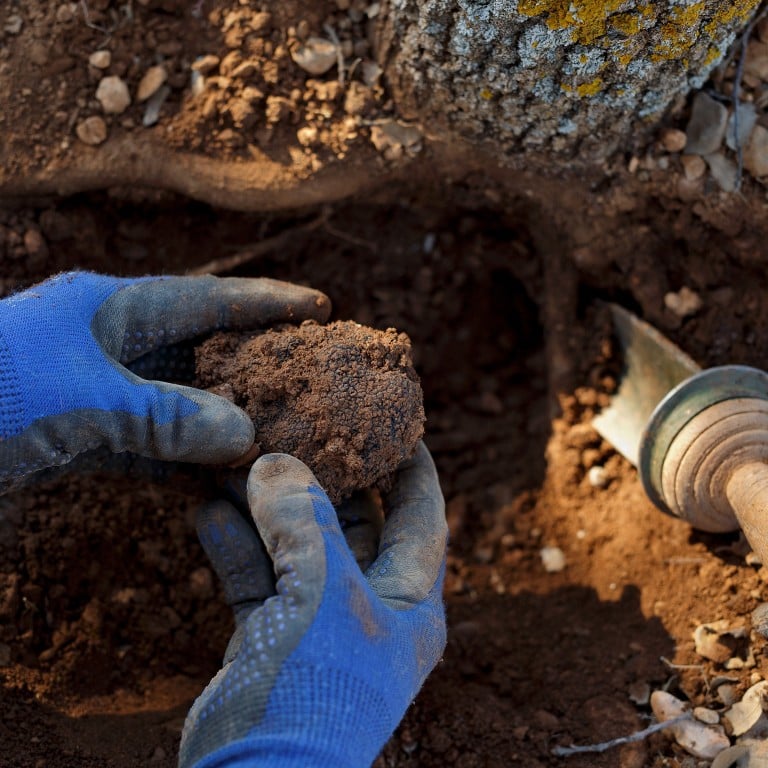
China’s truffle exports hit record high, 30 years after being used as pig feed, as appetite soars
- Sichuan province is reported to have sold the first black truffles to France, Italy and Germany in 1994
- Last year, China exported a record high 32.5 tonnes of frozen and fresh truffles, representing a 58.6 per cent increase from a year earlier
After 30 years, Chinese truffles have come a long way from being used as pig feed to a highly sought-after and prized delicacy.
Last year, China exported a record high 32.5 tonnes of frozen and fresh truffles, representing a 58.6 per cent increase from a year earlier, customs figures showed.
The southwestern province of Yunnan is where most Chinese truffles are sourced.
Yellen’s specific recollection of “a delicious mushroom dish”, according to CNN, sparked media attention in China and the US, which was labelled “mushroom diplomacy” at a time when relations between Beijing and Washington had been deteriorating.
The boom of China’s truffle exports highlight increasing efforts to secure a foothold in the high-end food produce trade, including caviar, saffron and wine, which have increasingly taken up a higher proportion in the international market that was previously dominated by Western producers.
While offering a large volume of products with a similar taste but a much lower price point, the emergence of China’s expensive food exports has also provided a problem for the global food trade market, when unscrupulous dealers mix more expensive produce with Chinese alternatives and sell them at the higher price.
But China’s export figures could shed a light on the increasing demand not only abroad, but also at home, where agricultural scientists are still discovering new species to cultivate.
Changing tastes of China’s middle class drive demand for fine meat
Before Chinese farmers discovered the value of truffles in Europe and elsewhere, they were used as feed for pigs, with Sichuan province eventually selling black truffles to France, Italy and Germany in 1994, a report from Jiemian News said on Wednesday.
According to Tridge, an agri-foods data company, China was the world’s top truffle exporter in 2022, ahead of the Netherlands, South Korea and Belgium.
Yunnan province produces 300 tonnes of truffles annually, roughly 10 times the annual production in France.
However, the French Tuber melanosporum black truffle costs eight times more than Yunnan’s tuber indicium, which is sold at around US$82 per kilogram.
China’s truffles represent over 80 per cent of the world’s total production volume, with Yunnan producing 60 per cent of the overall output.
The neighbouring province of Sichuan, meanwhile, produces 100 tonnes per year.
But agricultural experts said there are still many challenges to developing China’s truffle economy.
Liu Peigui, a Chinese fungi expert at the Kunming Institute of Botany under the Chinese Academy of Sciences, said while Chinese and French black truffles share 96 per cent similarity in their genome sequence, they are not as competitive.
These harvesting approaches also have a long term negative impact on the environment, which then further leads to lower quality of produce
“The premature and incorrect forms of harvesting [in China] have led to inconsistent quality of the produce, which harms its international reputation,” Liu said, according to Jiemian News.
“These harvesting approaches also have a long term negative impact on the environment, which then further leads to lower quality of produce.”
China, though, is still attempting to expand its truffle production and exports by breeding white truffles.
In December, a group of Chinese agricultural scientists found a species of white truffle that they want to cultivate on a larger scale, with China’s output volume currently at around two tonnes.


